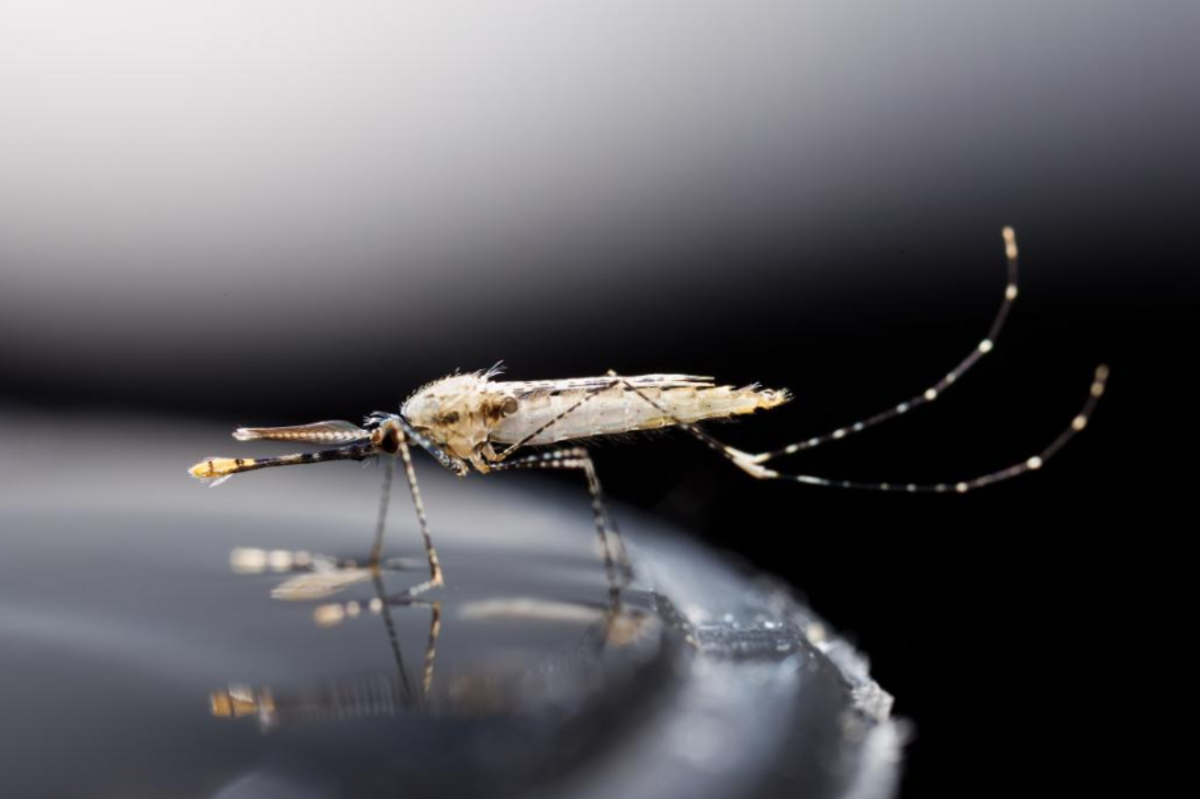Scientists have been striving for a long time to estimate how the distribution of areas with favourable conditions for the multiplication of malaria-carrying mosquitoes will be affected by climate change. Accurate data can help policymakers decide where to prioritise future malaria prevention projects.
Previous models mainly used predictions of rainfall and temperature to estimate the future availability of standing water, where mosquitoes can lay their larvae.
While flowing waters are unsuitable for mosquito breeding, they do breed in bankside ponds, nearby floodplains, and the irrigation schemes relying on them.
This new study uses more intricate modelling. It incorporates factors such as the evaporation of water, its infiltration into the ground, the capacity of soils to absorb moisture, and the presence of rivers and lakes.
The research confirms earlier findings from less complex models suggesting that the territory in Africa suitable for malaria transmission will contract in the 2011-2040 period, before sharply gaining in size between 2041 and 2070.
Contrary to previous estimates, the research finds that breeding grounds of malaria-carrying mosquitoes will shrink in South Sudan in the analysed timeframe. Conversely, earlier expectations of a decrease in Botswana and Mozambique are unlikely to occur.
The study also finds that the proximity of the Niger and Senegal rivers in Mali and Senegal, as well as of the Juba and Shebelle rivers in Somalia, will become risk areas for malaria.
These insights can be useful for policymakers to take into account when designing future strategies to fight malaria, and identifying priority areas.
Malaria - a largely African scourge
When designing models of malaria transmission, scientists usually consider temperatures between 16 and 34 °C, and a monthly precipitation of 60 or 80 mm as ideal threshold values for conditions that favour the spread of malaria.
Such circumstances are usually present in large swathes of Africa. In 2017, 92% of all reported malaria cases were in Africa.
219 million malaria cases were documented worldwide in 2017, of which 435 000 caused death, making the disease one of the largest killers on the continent.
Without vigorous action, this in unlikely to change. The projections used by researchers in the Nature Communications study predict that almost the entire Democratic Republic of Congo and Central African Republic, as well as large patches in West Africa will have to come to grips with 'holoendemic' malaria – where virtually the whole population will contract the disease.
Common methods used to keep the spread of malaria in check include mosquito nets and insect repellent, which reduce the likelihood of mosquito bites. That, alongside draining standing water, a measure diminishing breeding grounds of this insect.
The EU at the forefront of malaria control
The EU is active on several fronts in the fight against malaria. In 2019, it pledged €550 million to the Global Fund to Fight AIDS, Tuberculosis and Malaria, an international organisation, which, among other activities, distributes insecticide-treated mosquito nets.
Such programmes are crucial in continuing the trend of warding off malaria deaths, which were curbed by 29 % between 2010 and 2015.
Furthermore, through its Horizon 2020 programme, the EU funded 86 malaria research projects with a total of €160 million.
One such project was called 'Mosquito Contamination Device' (MCD). The project installed nets sprayed with mosquito repellents within house walls, slashing the number of mosquitoes indoors with a fraction of the insecticide used in common nets.
A malaria diagnosis (DIAGMAL) project came up with a test to spot malaria in blood samples without complex processing, making it possible to diagnose the disease without sophisticated equipment.
Two further initiatives focused on developing a vaccine against malaria infections.
By providing refined mapping and predictions on which regions will be most affected by malaria, the JRC and its research partners can help inform decisions about exactly where efforts like these are best concentrated in the future.
At the JRC, the underlying modelling work was done by water and marine resources and disaster risk management experts, using the JRC’s LISFLOOD model.
